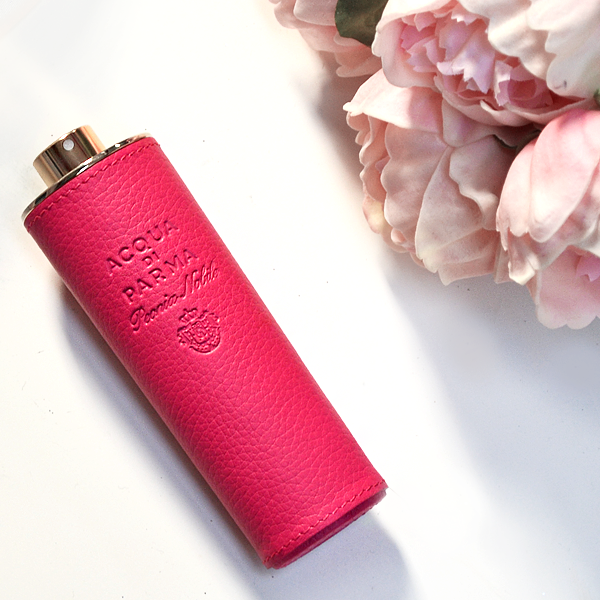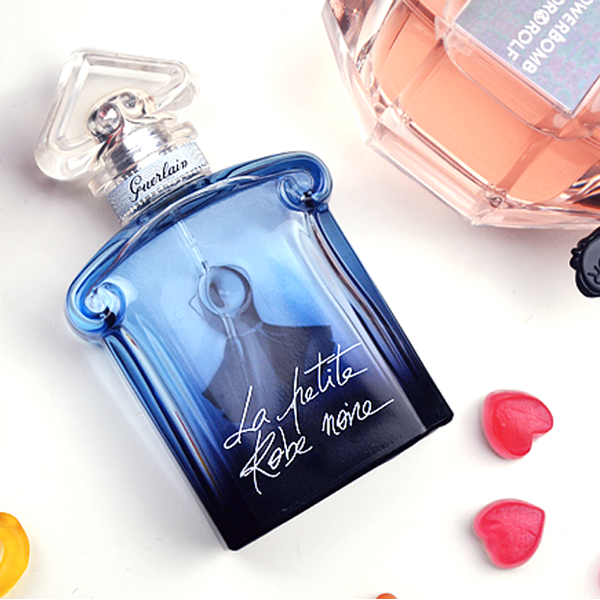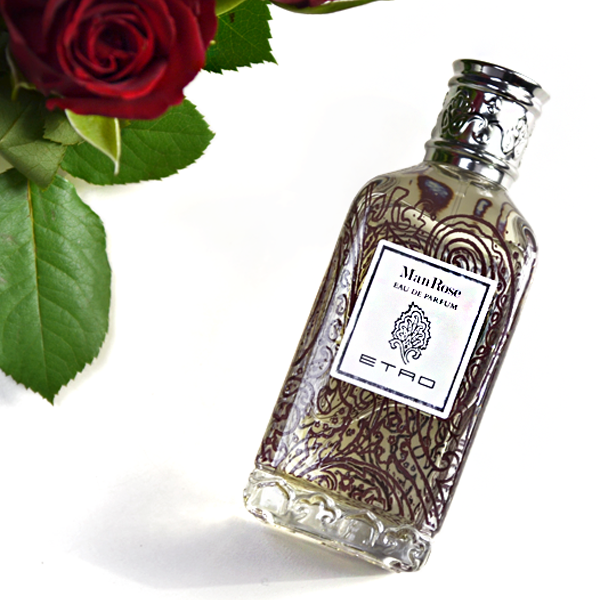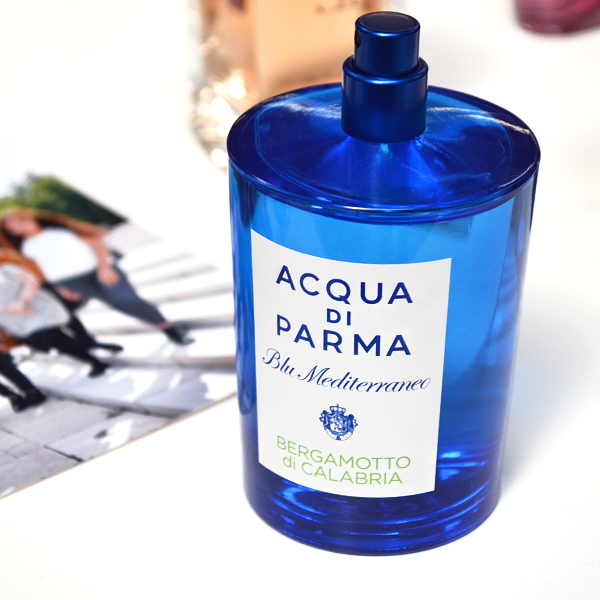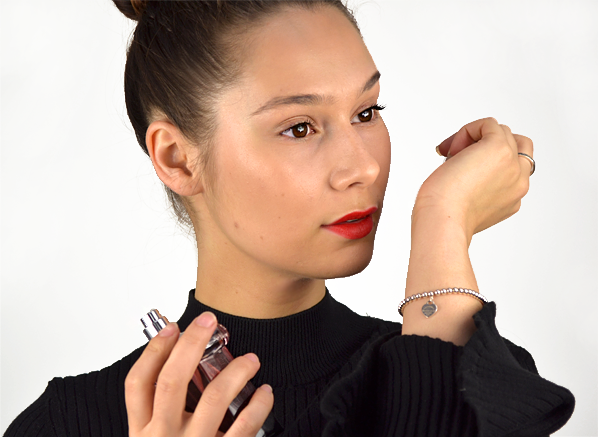

A question I often get asked is what is the best way to describe perfume and my answer is always the same: however you damn well, please. There is absolutely no right or wrong when it comes to putting words to smells because it all comes down to how one perceives a fragrance or a particular odour – and of course, we all perceive things very differently. If you smell oranges then say you smell oranges and ignore anybody who tells you that you can’t possibly be smelling ‘correctly’ because the note lists don’t mention oranges – if you smell it, it’s there.
Of course, this is easier said than done and our sense of smell is lagging behind our other four senses in terms of having a vocabulary to accurately describe it. We have no language solely dedicate to describe smell and whilst we’re slowly developing one as perfume becomes a more and more prominent art form, we still have a long way to go. So what do we do? Well, to make it easier for ourselves we simply borrow from our other senses; from taste, sight, touch and even sound, to create a 3D image of a scent in words.
As a helping hand, I’ve put together a quick guide to describing scent using colour, texture, flavour and emotion, not to mention the people, places and things a scent may remind us of. It’s easy when you know how and to help you on your way I’ve posed a range of questions you can ask yourself when sniffing. All you need to do is remember the one golden rule: there are no rules whatsoever.
Colour
I think that colour is a great way to describe scent and you don’t need synaesthesia to detect the hue of a fragrance, you can take cues from real life. To my nose, gourmand fragrances can be the colour of honey or a rich brown, whilst roses are cast in a variety of shades of pink, red and yellow, just like the real thing. Colour isn’t all about which shade a fragrance is, it’s also about whether it smells dark or light, or whether it’s a block colour or multicoloured. Put your nose to a scent and ask yourself the following:
• Is this fragrance dark or light?
• Is it vivid or dull?
• Is it a vibrant colour or a pastel shade?
• Is it one solid colour or more than one?
• Is there an ombre effect?
Texture
I wrote a whole piece on the texture in fragrance (partly because I feel it’s a fascinating topic but mainly to prove a point to a friend) which you can read here, but consider this a condensed introduction to touchy-feely scent. Scents can be so many things and tactile is certainly one of them. Perfumers have such a wide selection of materials to use, many of which provide a fragrance with texture, whether that be hard, soft or all that’s in between. Get a feel for your fragrance by asking yourself the following:
• Is this fragrance hard or soft?
• If it were a fabric, what fabric would it be?
• Is it smooth or does it have an intriguing texture?
• What does it remind you of?
• Is it squidgy or dense?
Flavour
There is a huge overlap between taste and smell. Try holding your nose and eating a delicious cake, and just note how non-delicious it tastes. In fact, note how it doesn’t taste at all! Perfumes are just flavours for your nose and in the same way that a tasty treat can be sharp and sour, a scent can be too. I often try to imagine a fragrance as a specific food, rather than just a flavour, so if I get sugar I ask myself whether I’m smelling marshmallows, meringue or candy floss. Get a taste of a scent (metaphorically, of course) and ask yourself these questions:
• Is the fragrance sweet or sour?
• Is it savoury?
• What foods does it remind you of?
• Is it edible or drinkable?
• Is it refreshing?
Emotion
Perfume is often referred to as liquid emotion. Certain smells give off a certain spirit or vibe. For example, the chypre family has always felt stoic and mumsy to me, whilst vetiver fragrances feel for the most part, rather relaxed. When you wear a fragrance you are spraying on a feeling and a message and it’s a fascinating experience to try and decode what the scent is saying to you. Listen carefully and ask yourself the following questions:
• What do you feel when you smell this fragrance?
• Is the fragrance happy or melancholic?
• Do you have an emotional connection to this scent?
• What does it make you feel?
People, Places and Things
As we go through our lives our olfactive system maps the people, places and things we encounter, burying little time capsules in our memory that are activated by smell. When a smell triggers these capsules it unleashes a memory of a time, person or place, ready to be explored once again. When describing a fragrance it’s always fascinating to imagine what person or character it reminds you of, whether that be someone you know or someone famous, or even imagined. The same goes for places and objects too! Put your heart into it and ask yourself, do I know this fragrance? Oh and these other questions too:
• Who does this fragrance remind you of?
• Does the fragrance remind you of a movie star, a musician or a character?
• Where does this fragrance transport you to?
• Does it remind you of an object or an animal?
• What is the spirit of the fragrance?


